The Role of Microbes in a Changing World:
Current Challenges & Future Perspectives
DPES, University of Toronto-Scarborough (March 11th, 2022)
Jesse McNichol (he/him) : PhD, Biological Oceanography
Postdoctoral Scholar, University of Southern California
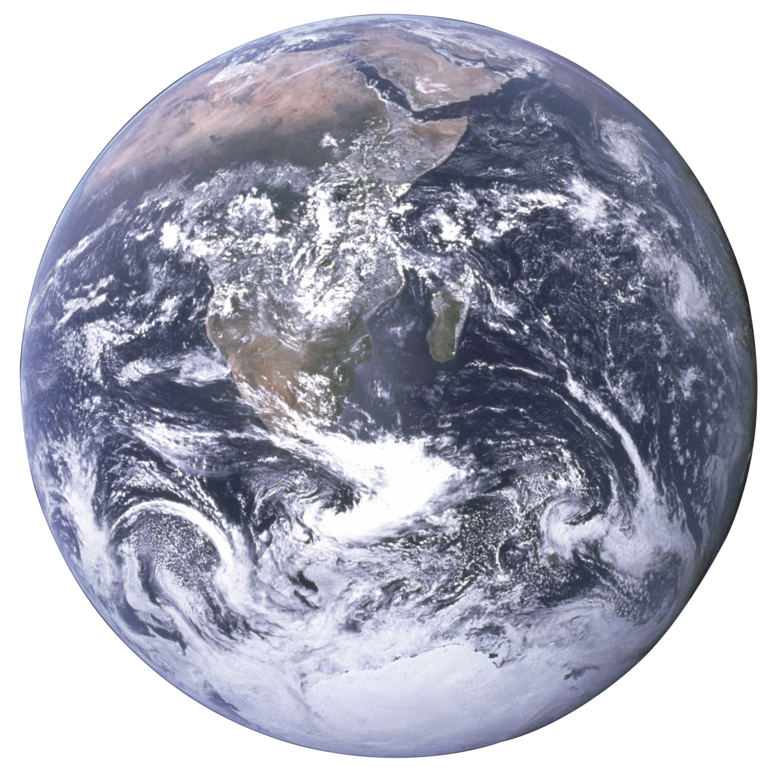

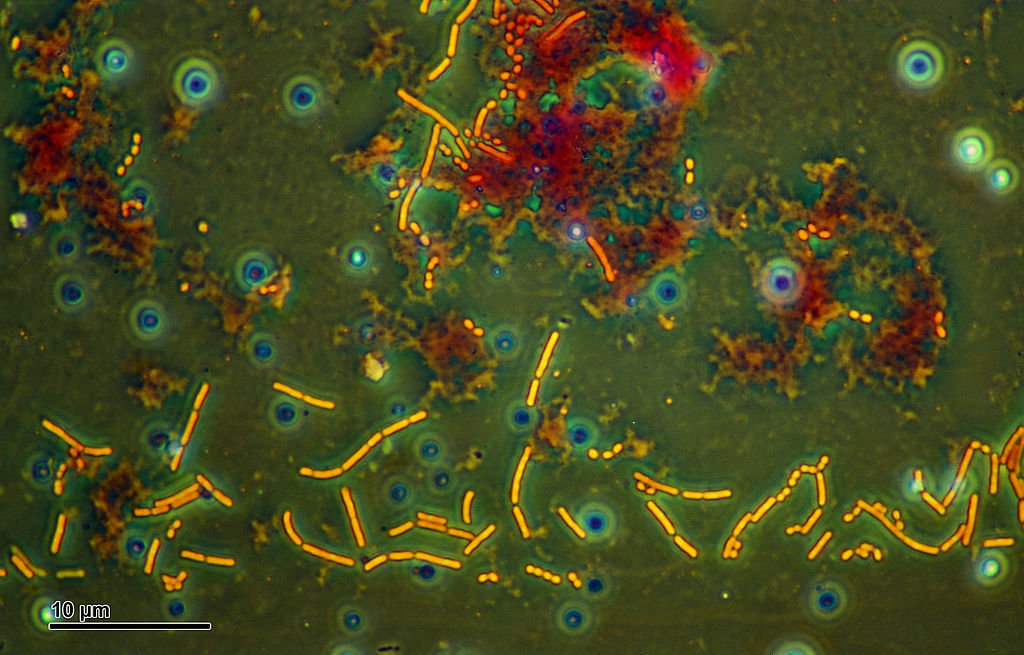



100 light years away, on an Earth-like exoplanet...
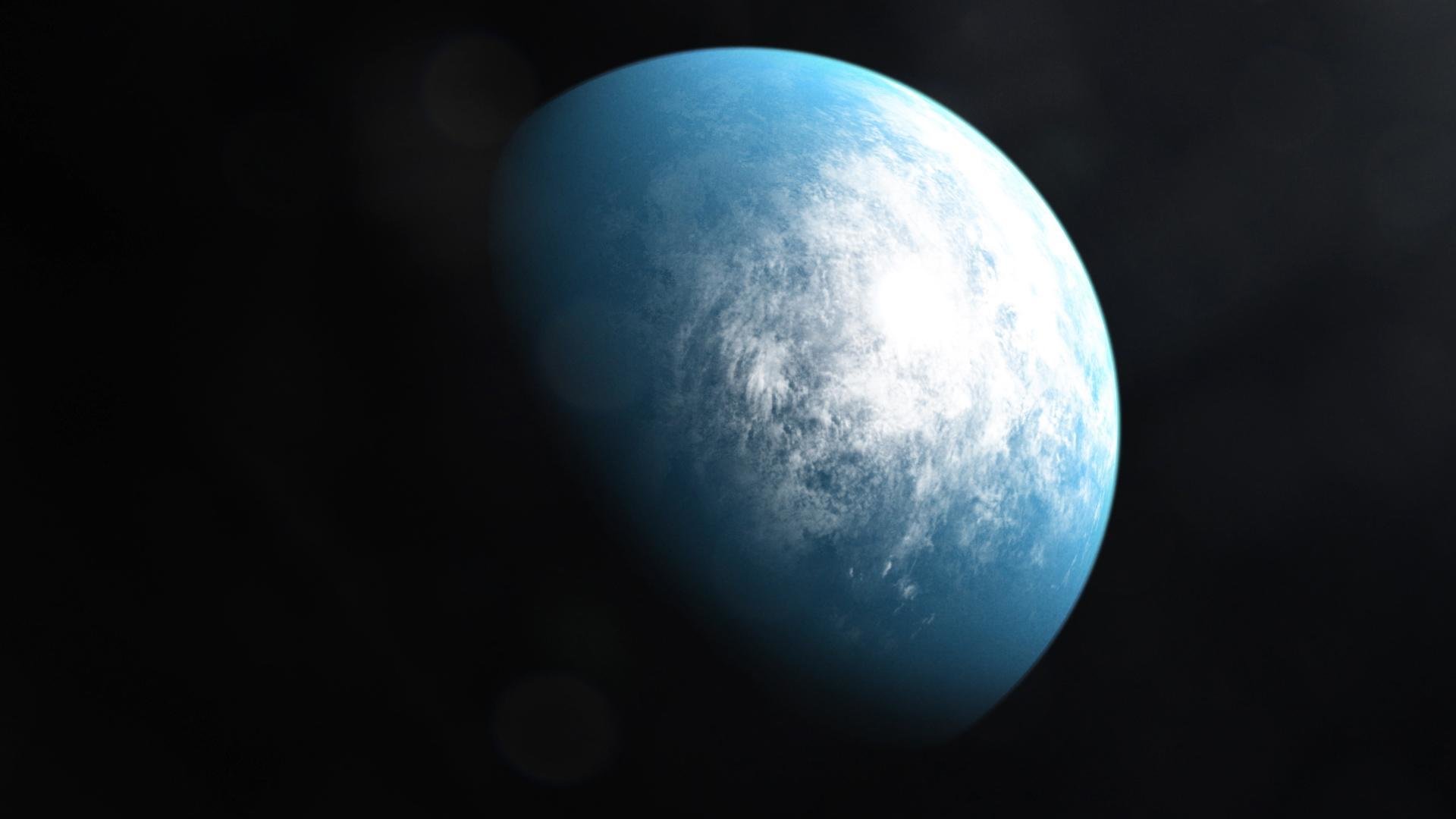
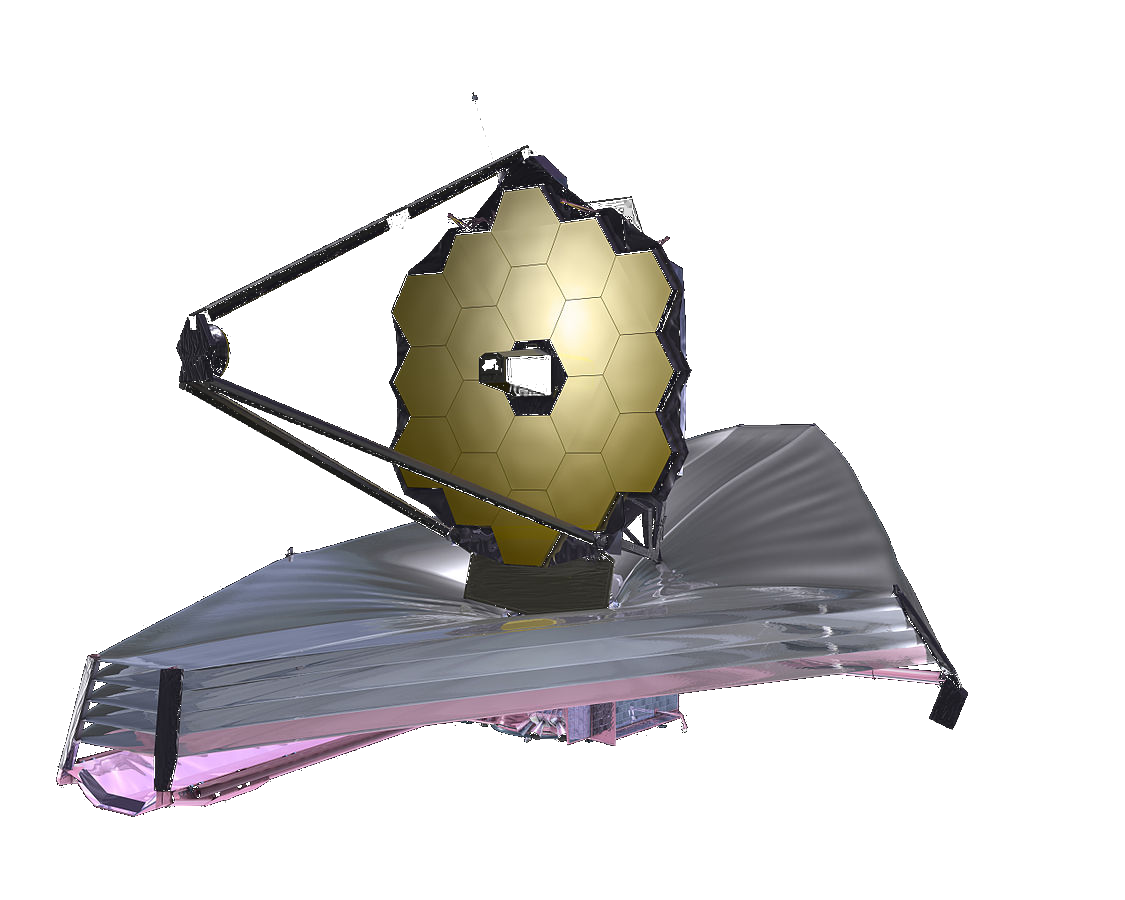
100 light years away, on an Earth-like exoplanet...

...an alien civilization launches an infrared space telescope

They spot the "pale blue dot" that is our planet

Peering into our atmosphere...
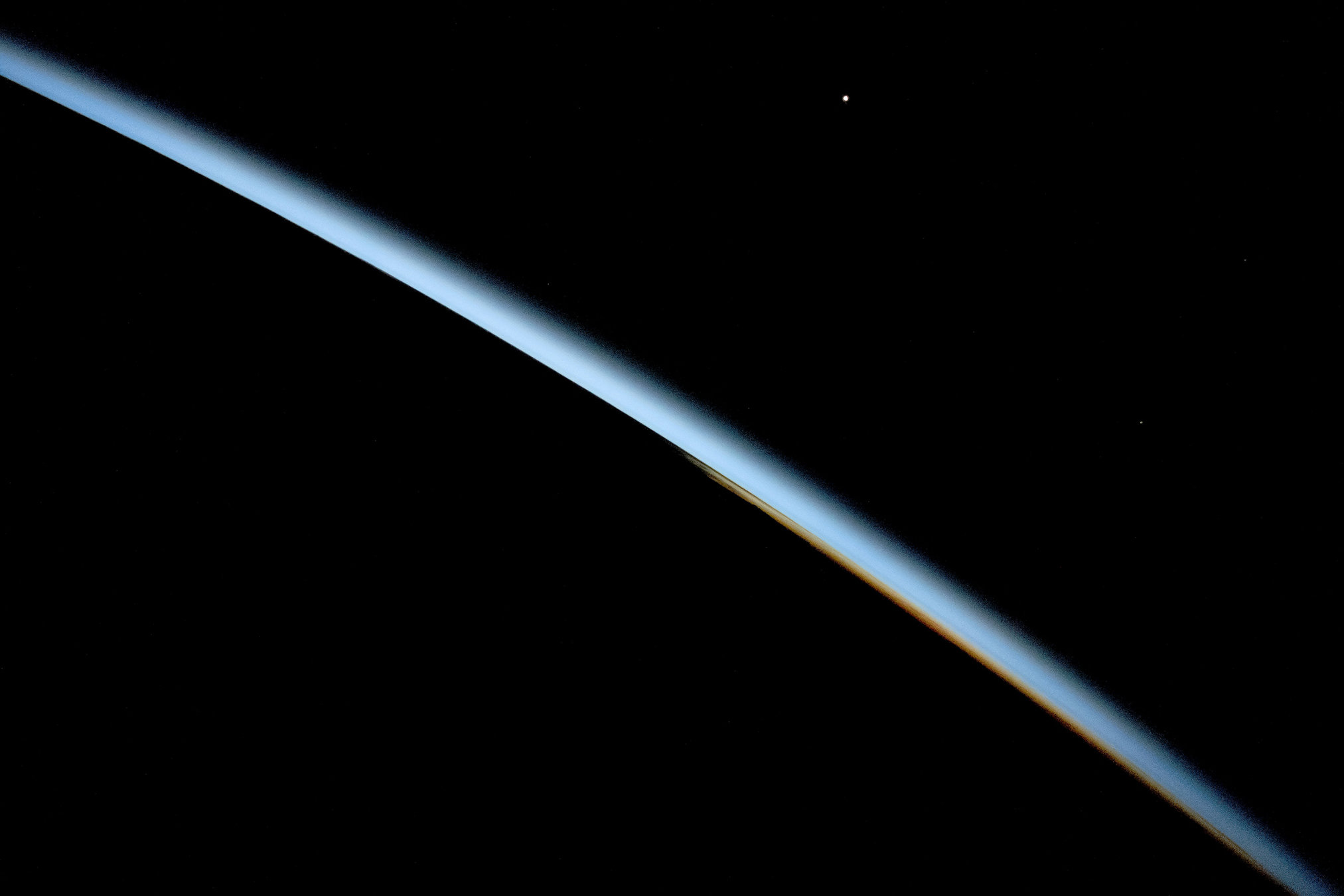
...what do they discover?

We are not alone!
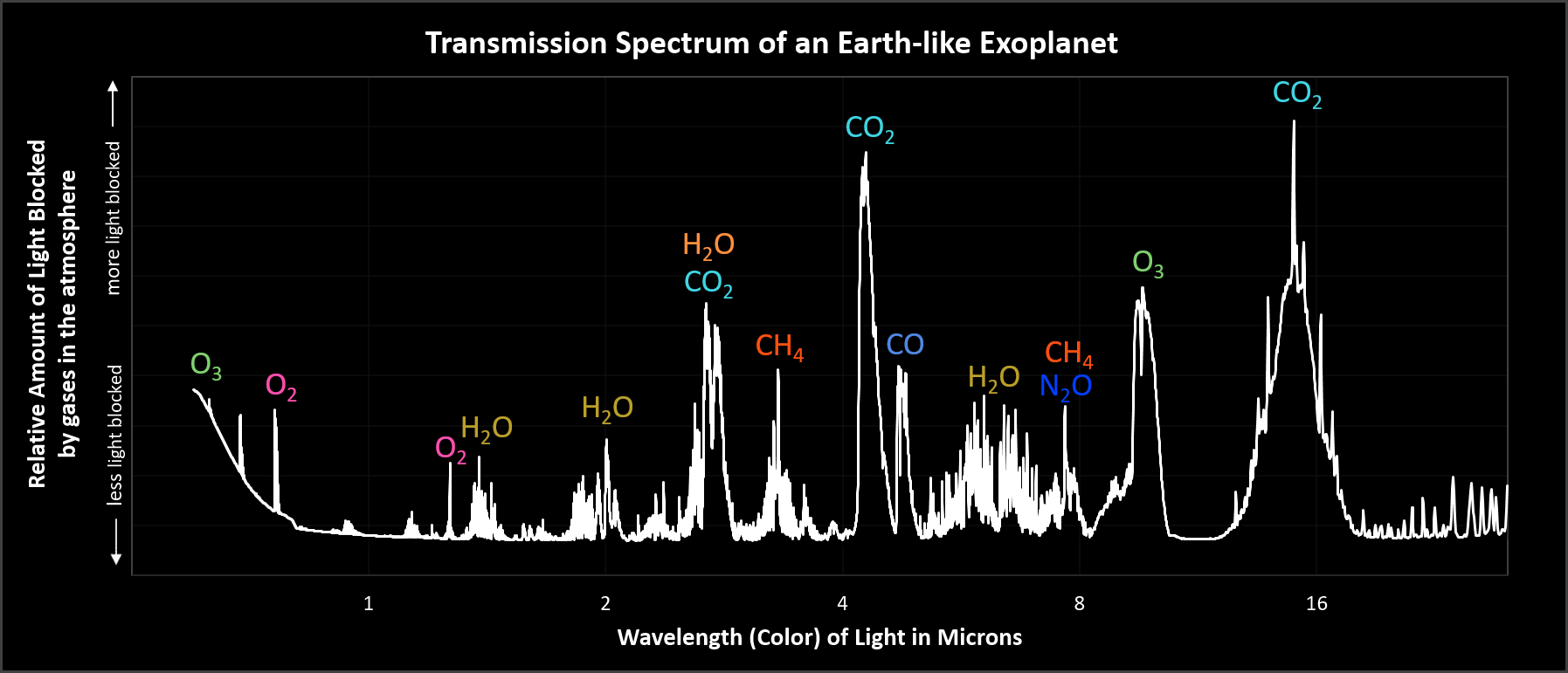
Chemical disequilibrium = evidence for life
Chemical disequilibrium
Krissansen-Totton et al., 2018



But Earth's atmosphere remains out of equilibrium
- Life keeps it that way!
- ~50% of oxygen produced by microbes!
Origin of chemical disequilibrium
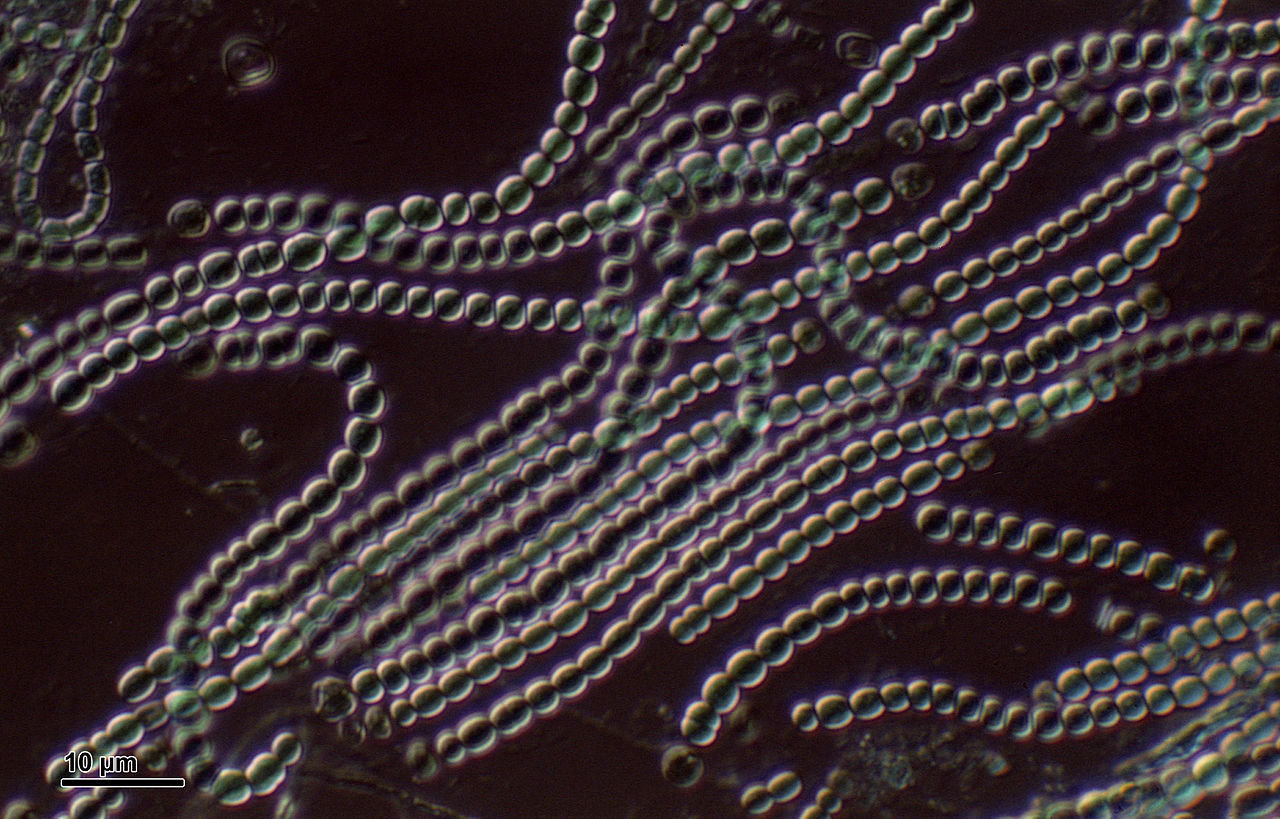
Josef Reischig
~2.5 billion years ago, Cyanobacteria developed oxygenic photosynthesis
Microbial engines


Oxygen production:
- The air we breathe



Taiz and Zeiger, Plant Physiology, 4th edition
Microbial engines
Carbon fixation:
- The food we eat

Owens Lab, Chapman University
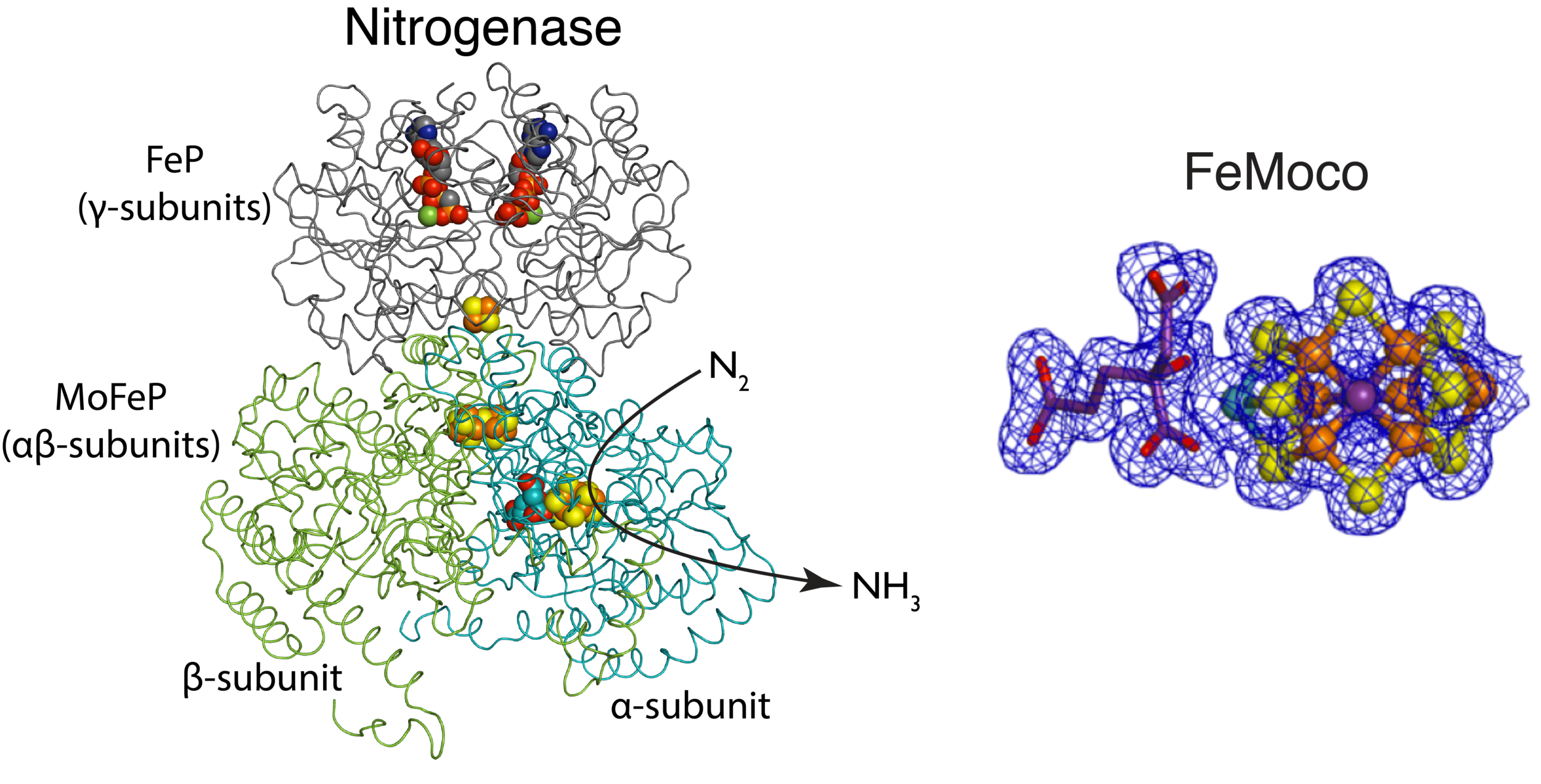
Microbial engines
Nitrogen fixation:
- Nutrients for life
Wikimedia Commons, microbewiki.kenyon.edu
Microbial engines
Methane production:
- Greenhouse gas

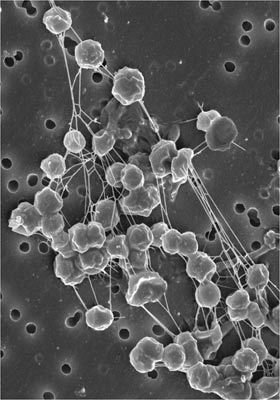
Falkowski, Fenchel and Delong, 2008
Microbial engines are interconnected

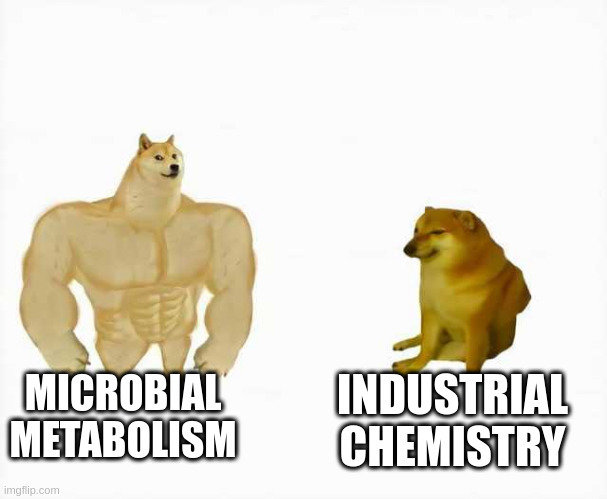
One global system
Center of the Earth System
- Primary production
- Nutrient cycling
- GHG production / consumption
- Influence geology, climate, chemistry, and biology of Earth

Microbial life


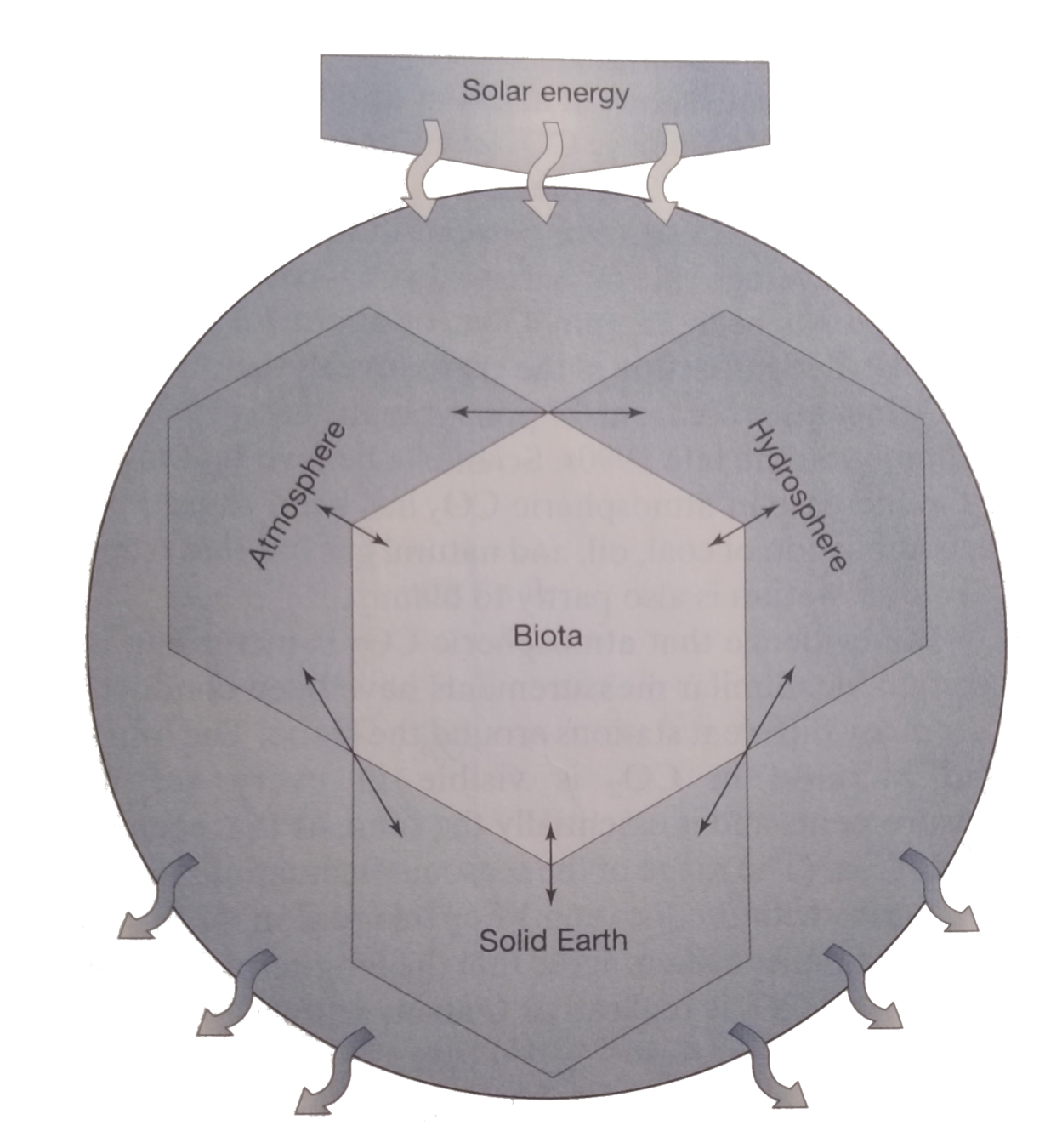
(Micro)
Kump, Kasting, and Crane, The Earth System
Not just aquatic systems

What a wonderful world...
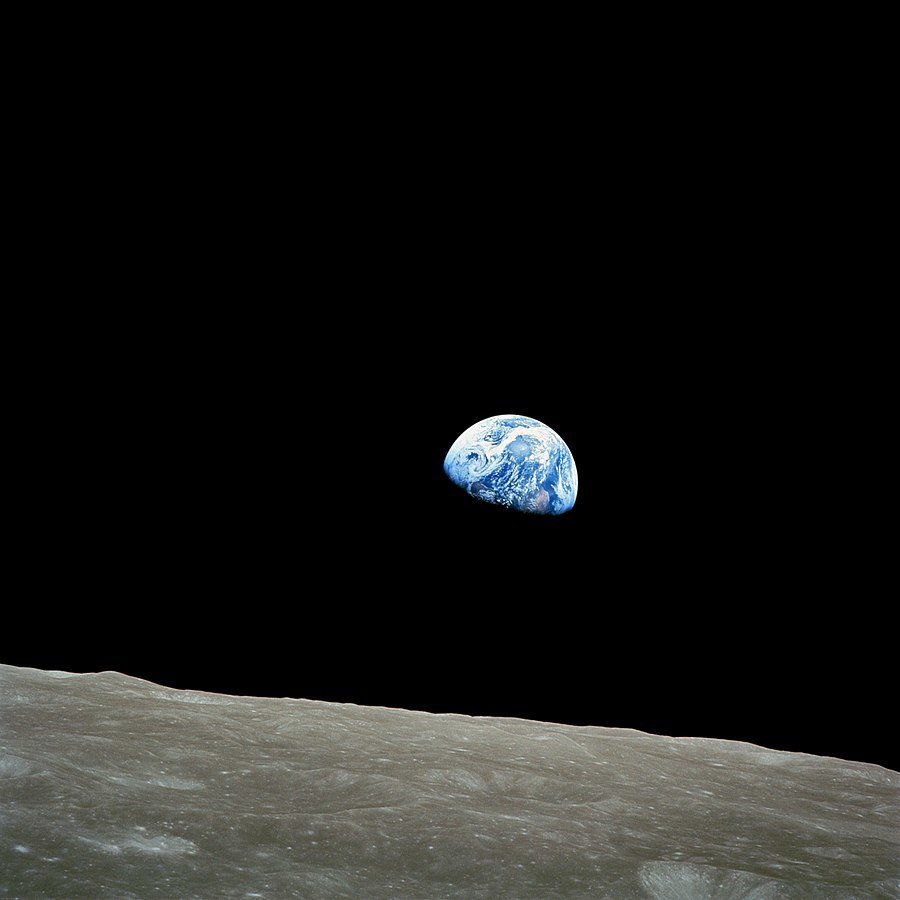
100 years later...

...the alien telescope observes a rapid increase in CO2 on Earth

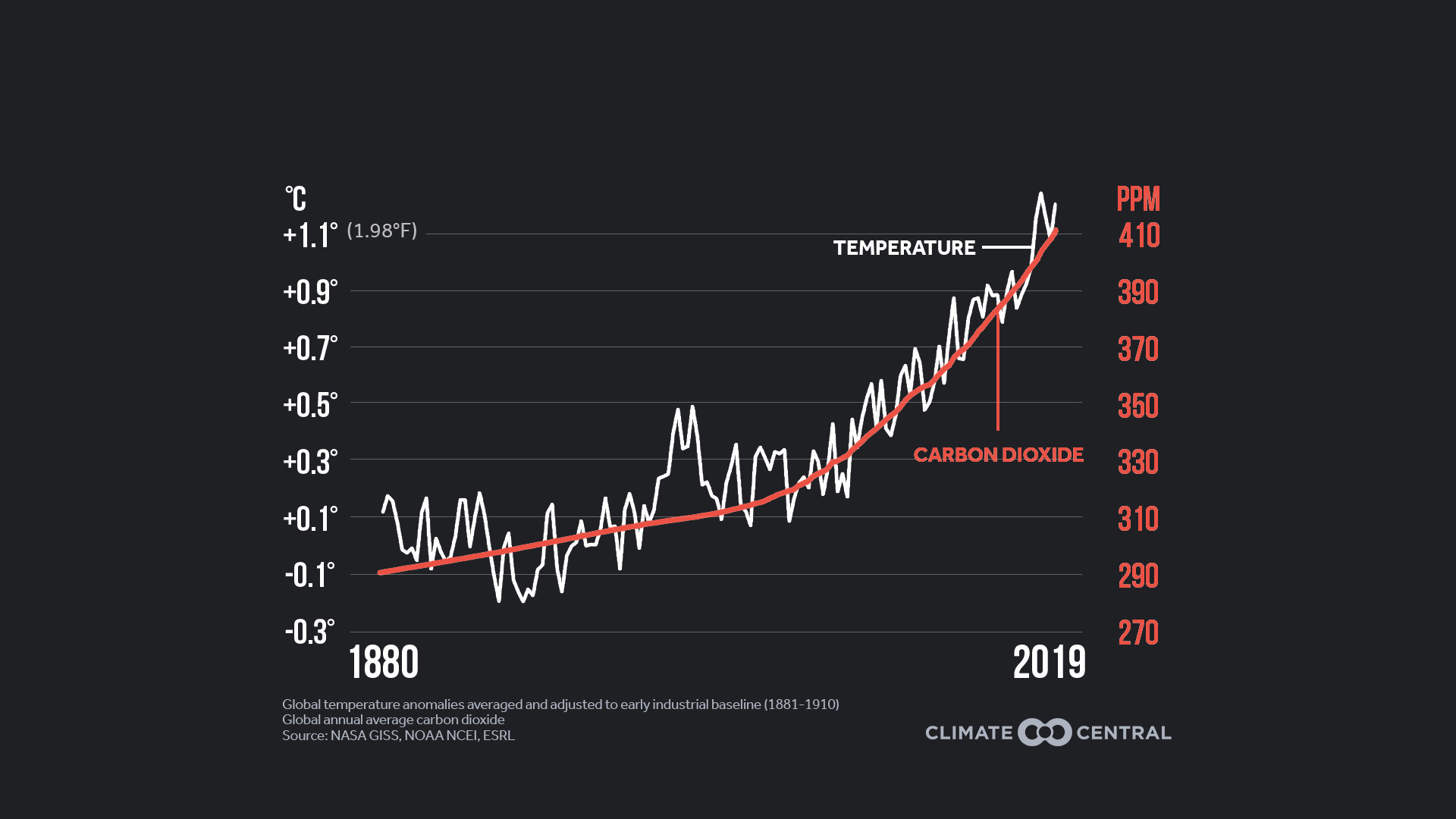
What will Earth look like in 100 years?

Microbial research in the Anthropocene
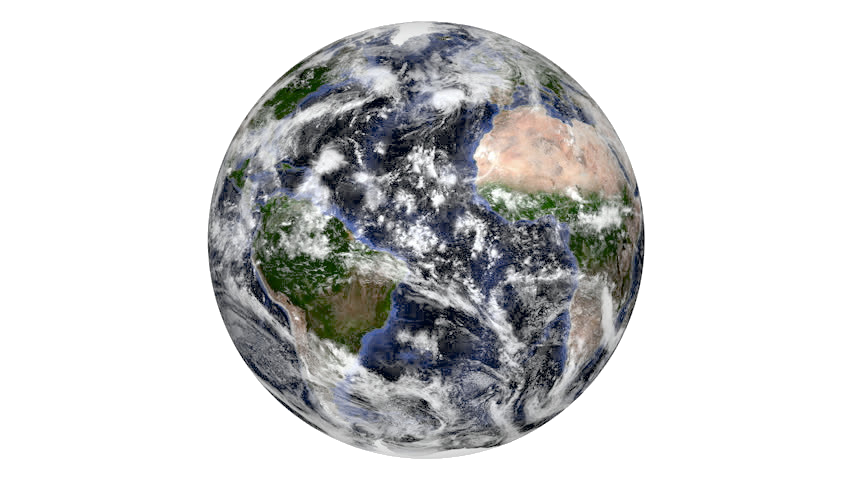
It is a wholesome and necessary thing for us to turn again to the earth and in the contemplation of her beauties to know the sense of wonder and humility. ”
― Rachel Carson
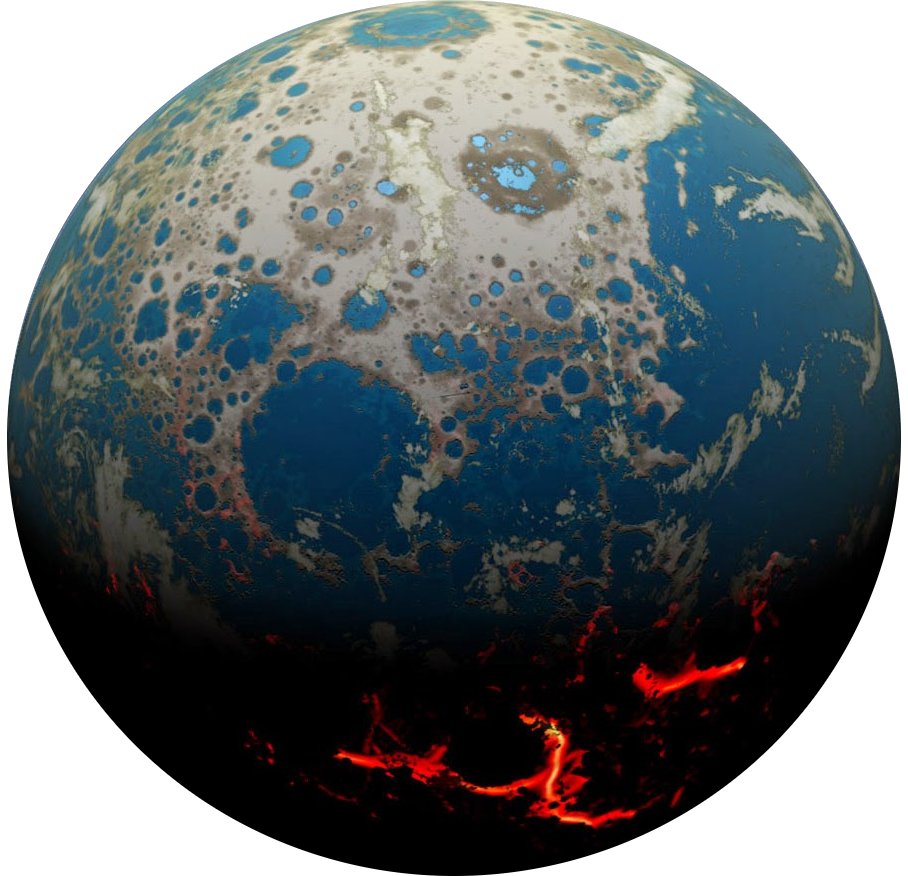
Looking back:
Where did we come from?

As we witness our planet transforming around us we watch, listen, measure … respond."
― Alise Singer
Looking ahead:
Where are we going?

Looking back:
Where did we come from?



Microbial research in the Anthropocene
It is a wholesome and necessary thing for us to turn again to the earth and in the contemplation of her beauties to know the sense of wonder and humility. ”
― Rachel Carson
Microbial "Terra incognita"
- Dominate tree of life but we know very little about them...

Multicellular
life
2015
2013
2015

DNA sequencing is now low-cost...


...allowing us to sequence environmental "microbiomes"
Mapping "Terra incognita"
A "Missing Link" in Eukaryote evolution
Spang et al (2015), 10.1038/nature14447; Imachi et al (2020) 10.1038/s41586-019-1916-6

Origins of Eukaryotes

Metagenomics

Deep-sea vents

Arctic exploration

Much "microbial dark matter" remains uncultivated
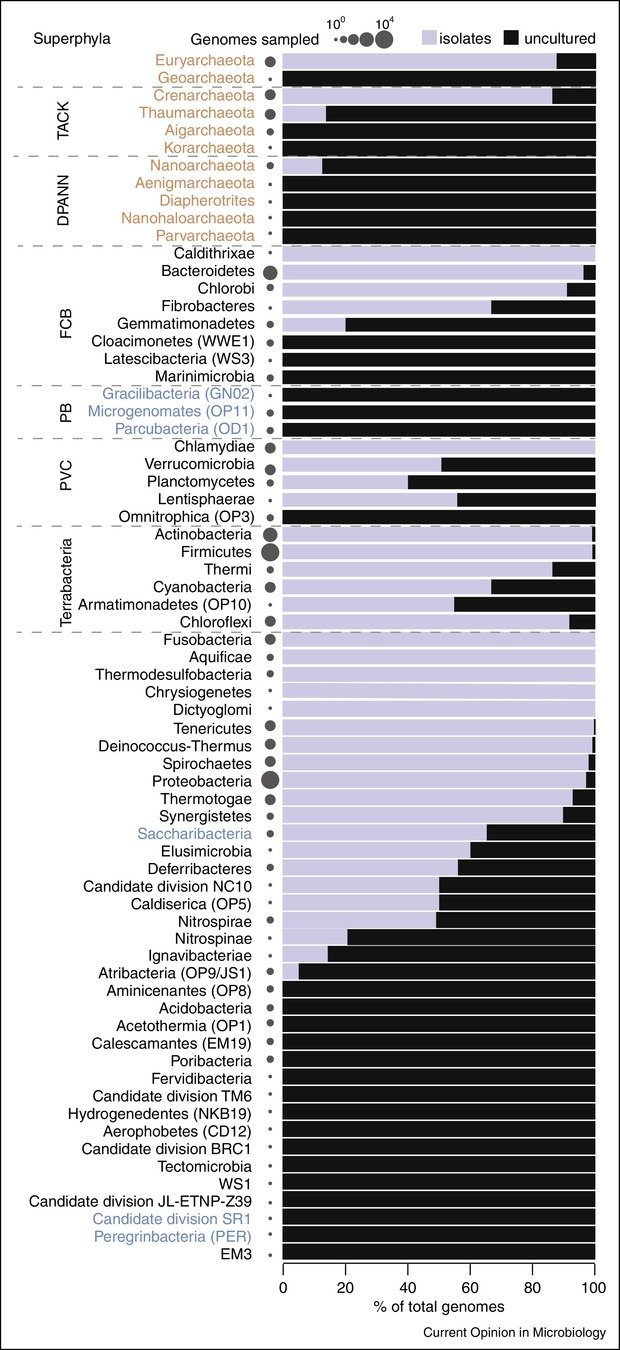
Solden et al. (2016) 10.1016/j.mib.2016.04.020 ; Thrash et al (2015) 10.1007/8623_2015_67
High-throughput cultivation
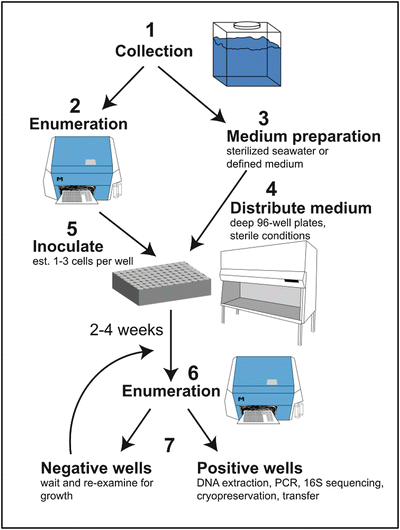
Percent uncultivated
Cultivation-independent approaches
Techniques for working at the microbial scale


Sebastián & Gasol (2019), 10.1098/rstb.2019.0083 ; McNichol et al (2018) 10.1073/pnas.1804351115 ; Zehr (2015) 10.1126/science.aac9752; Bramucci et al (2021) 10.1038/s43705-021-00079-z

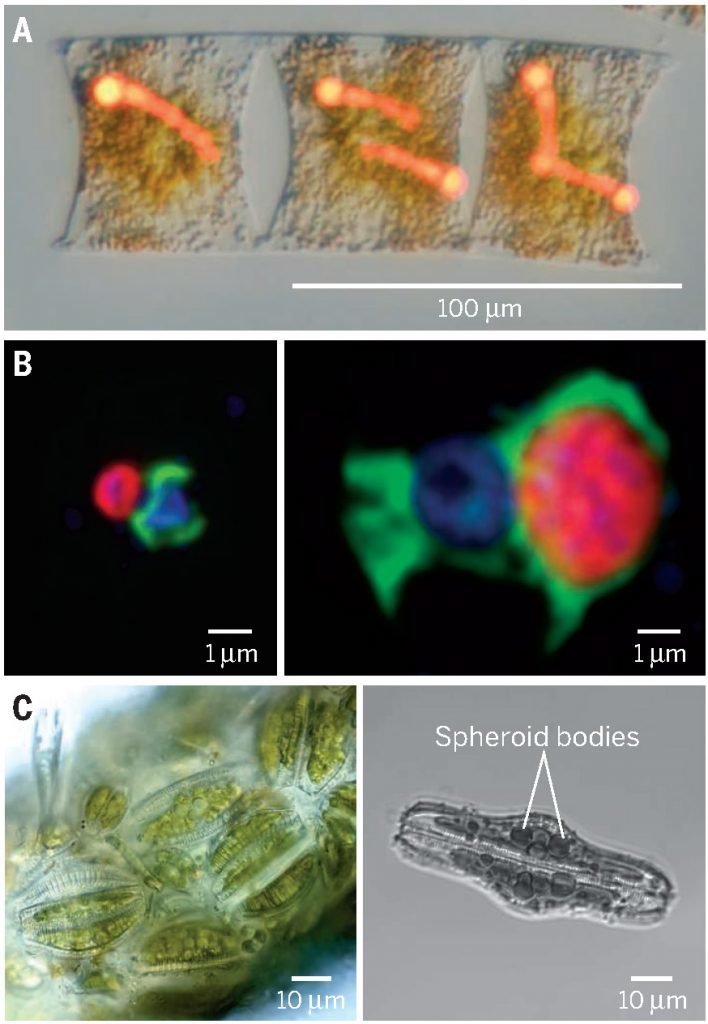

Looking back:
Where did we come from?



Microbial research in the Anthropocene
It is a wholesome and necessary thing for us to turn again to the earth and in the contemplation of her beauties to know the sense of wonder and humility. ”
― Rachel Carson
As we witness our planet transforming around us we watch, listen, measure … respond."
― Alise Singer
Looking ahead:
Where are we going?



Microbial research in the Anthropocene
Microbes and global change
Environmental "microbiomes" are massively undersampled
- Particularly true for aquatic systems
- Limits our ability to "watch, listen, measure & respond"
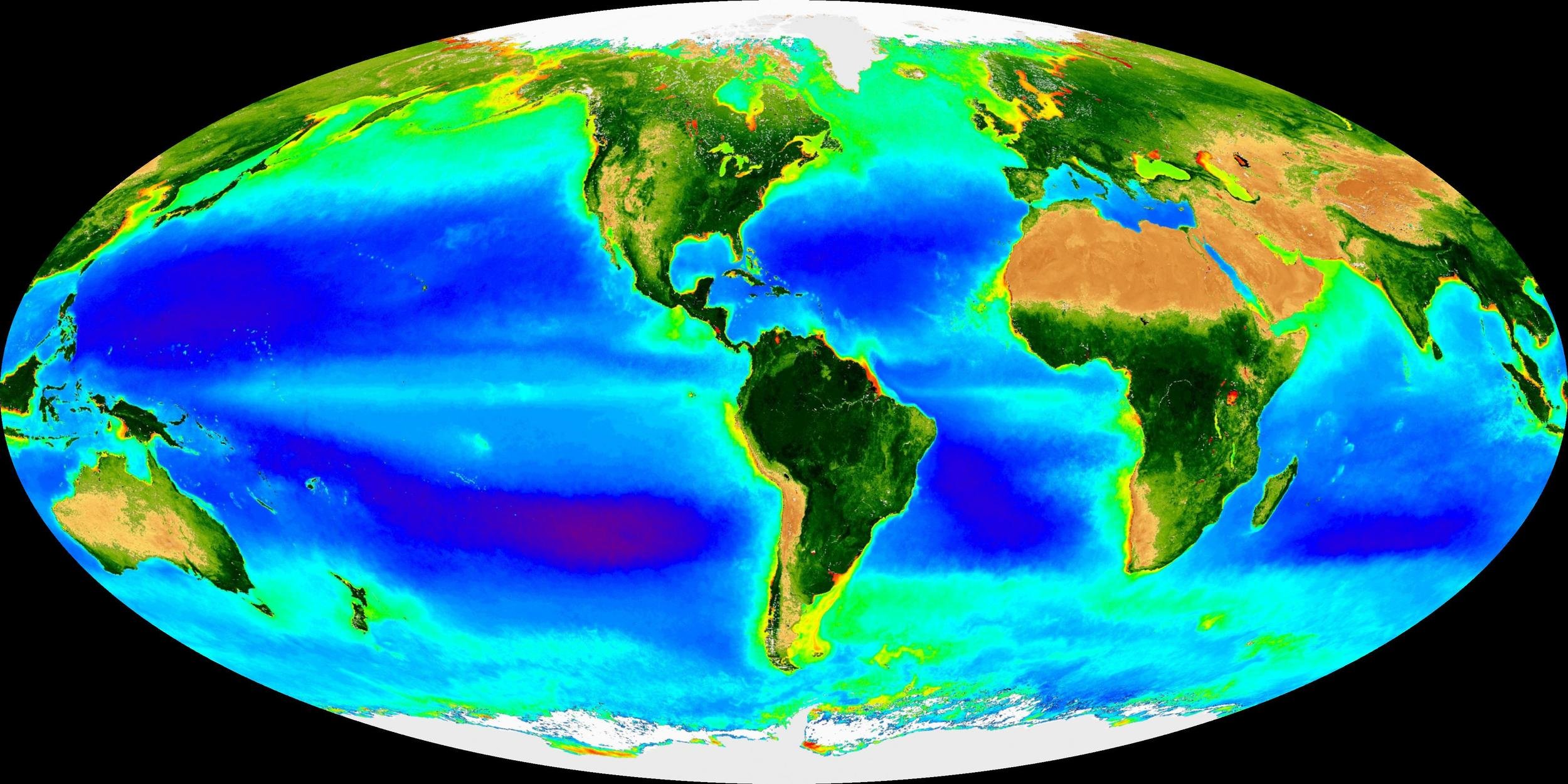

Time-series observations

Long-term increase in Primary Productivity



Only a few sites monitoring globally
Time-series observations are rare
What about across space?


We now have a map of global ocean chemistry
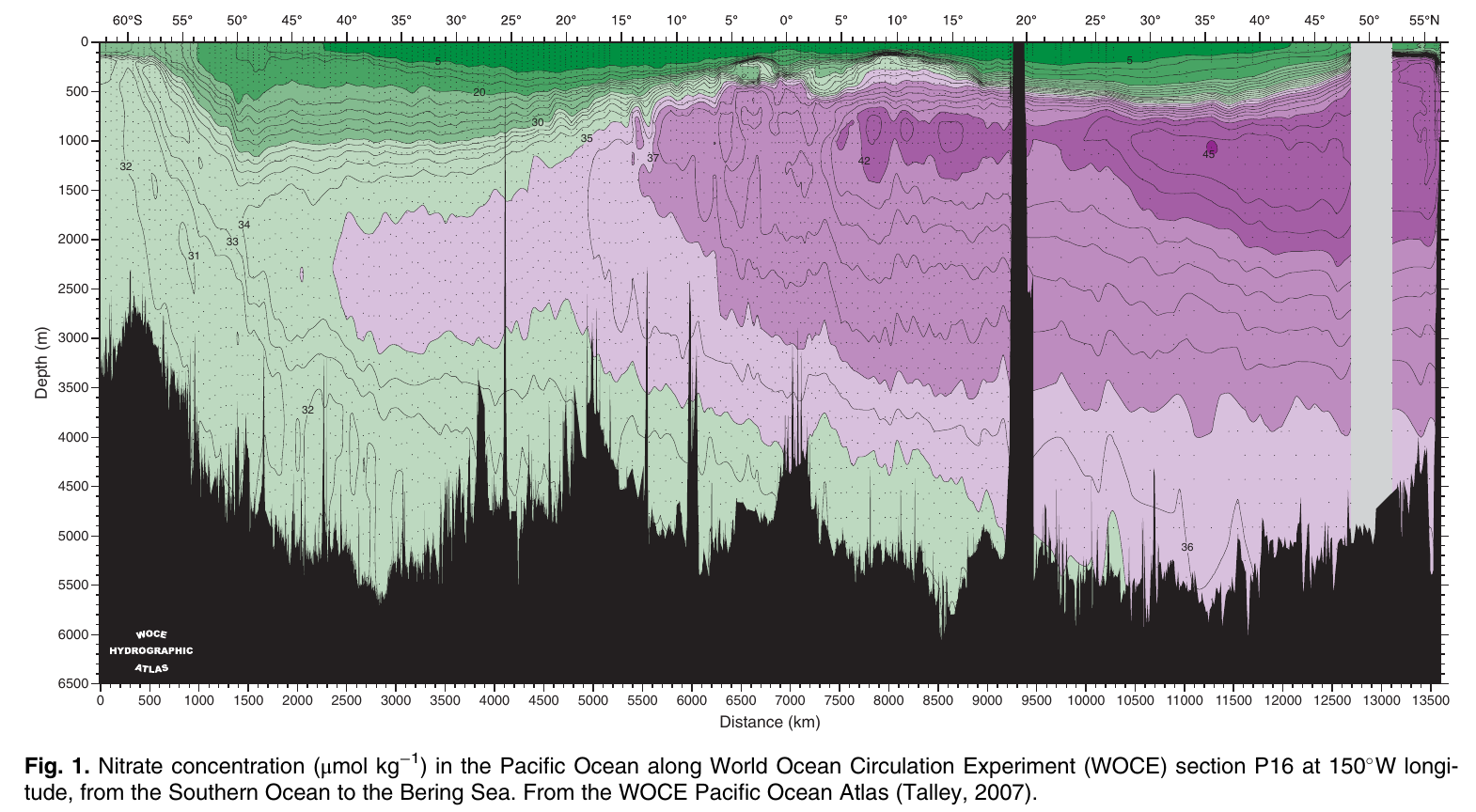

But what about global ocean biology?
Existing biogeographic sampling



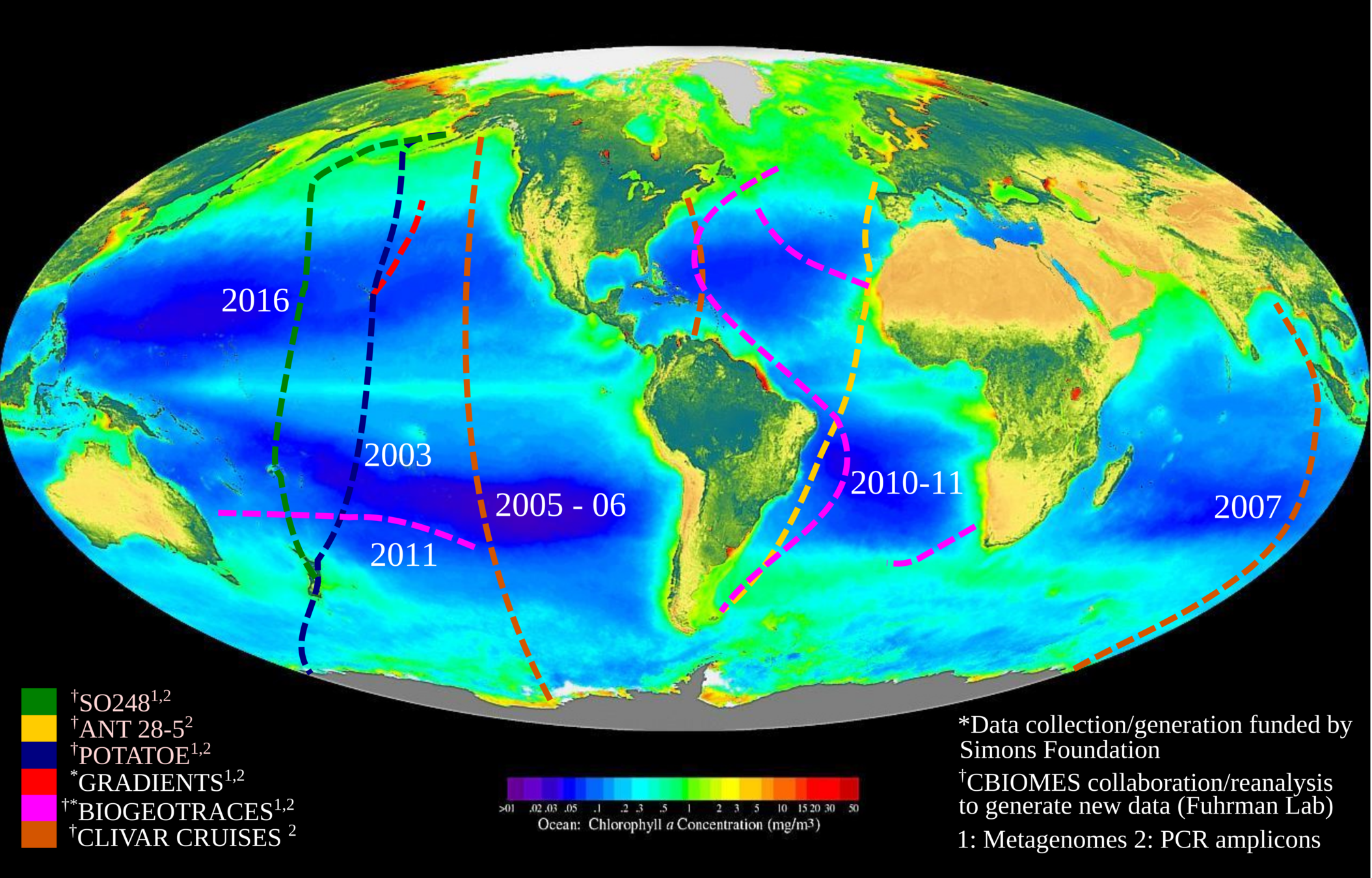
Looks impressive, but:
- Very few samples relative to size of ocean
- Methods not standardized
A global, GEOTRACES-like program for biology
- Intercalibration, intercomparison
- Methods development
- Interdisciplinary by nature
- Lots of room for young scientists!



Holy grail: Complex ecosystems to holistic models
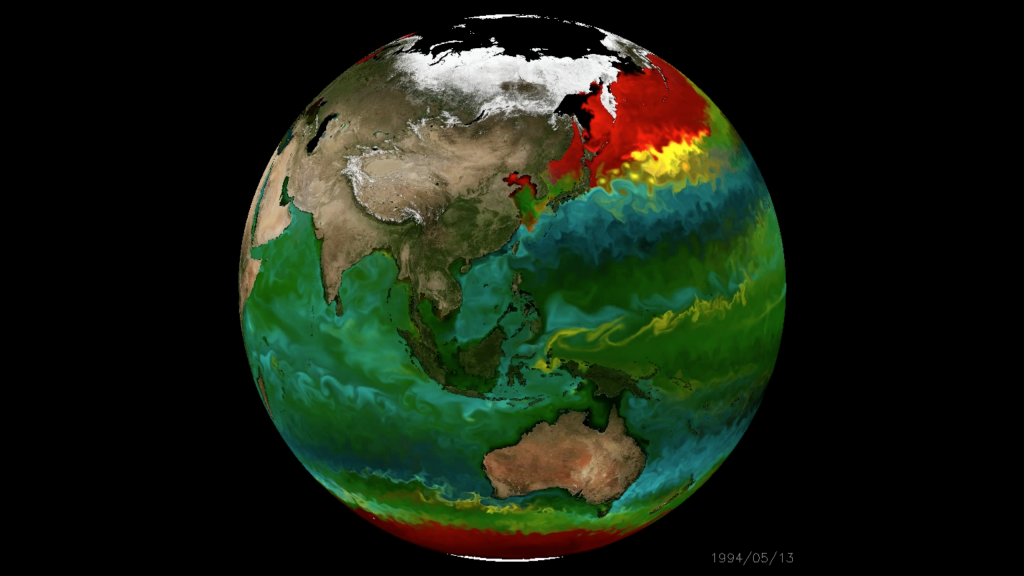
Models
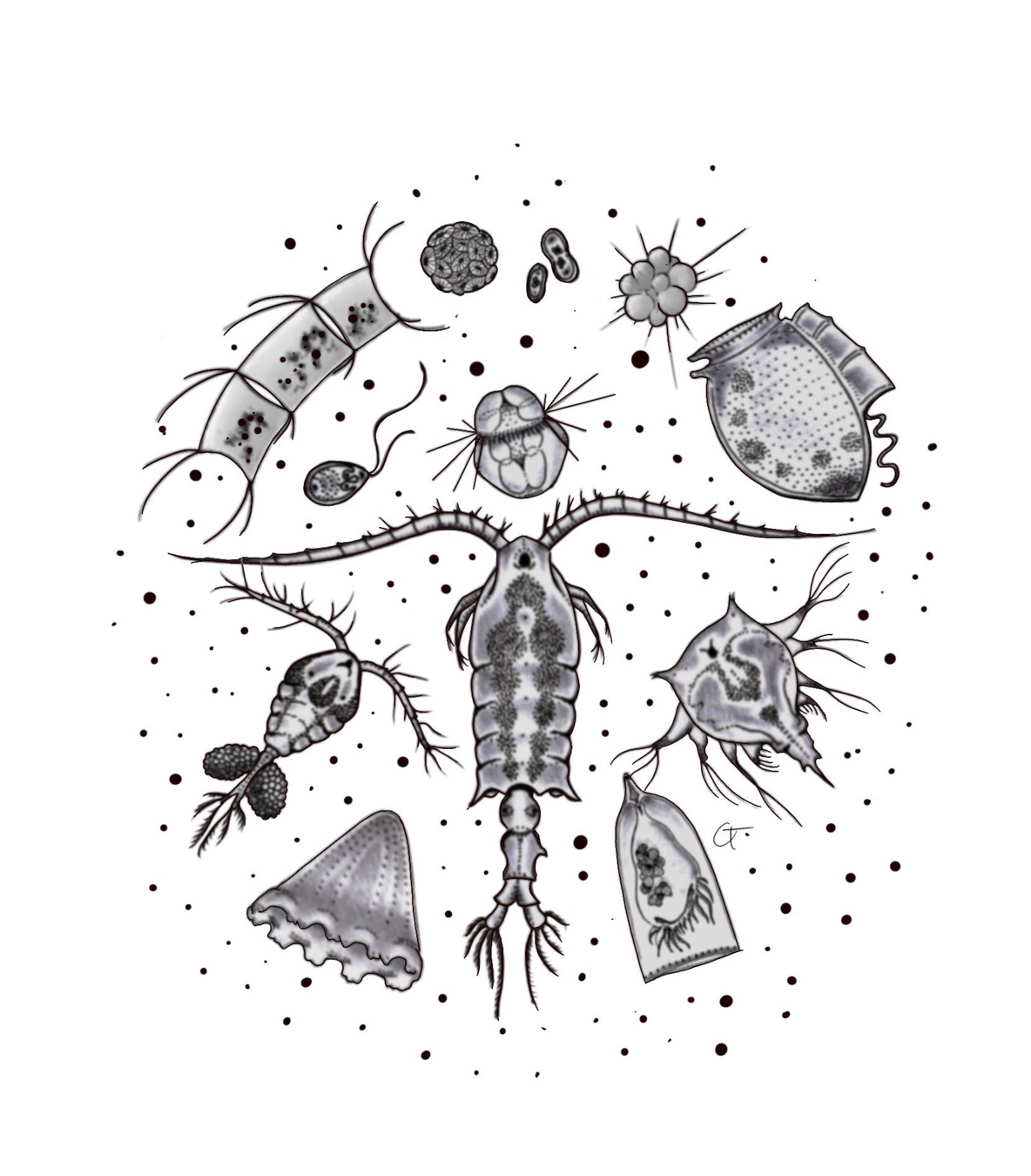
Microbe art: @claudia_traboni
Ecosystem
Kalmbach et al. (2017), arXiv:1703.07309v1



Physics
Biology
Chemistry

Holy grail: Holistic understanding
Holy grail: Complex ecosystems to holistic models

Models

Microbe art: @claudia_traboni
Ecosystem
Kalmbach et al. (2017), arXiv:1703.07309v1



Physics
Biology
Chemistry

What will our work be remembered for in 100 years?
- ... as contributing to the rebirth of healthy, diverse ecosystems?
- ... or for "Bearing witness to the demise or death of what we love..."*?

*Kimberly Nicholas: tinyurl.com/under-the-sky-we-made
We are drowning in information, while starving for wisdom. The world henceforth will be run by synthesizers, people able to put together the right information at the right time, think critically about it, and make important choices wisely."
― E.O. Wilson

Questions?
Microbial research in the Anthropocene
As we witness our planet transforming around us we watch, listen, measure … respond."
― Alise Singer
It is a wholesome and necessary thing for us to turn again to the earth and in the contemplation of her beauties to know the sense of wonder and humility. ”
― Rachel Carson
Looking ahead: Where are we going?




Looking back: Where did we come from?
Notes:
-
Even with the most beautifully reconstituted genomes and the most exciting picture of the ecosystem, we are still left with some big questions
-
Previous techniques are bedrock upon which these questions can be built
-
-
How will these ecosystems change over decadal timescales? Will the mosaic genomes of microbes reassemble quickly to adapt
-
Think iron limitation, that is something that oscillates across glacial / interglacial cycles
-
Do microbial genomes reassemble themselves, or is it an ecotype that always “hangs out” “biding its time”
-
Maybe we can do short or long-term experiments to select for these types of creatures and test this hypothesis
-
-
Is this process fluid and easy, or is it “brittle” and proceeds in stops and starts (kind of like me driving a manual transmission)
-
-
What are the unknown unknowns?
-
What are the dangers to our biosphere that we are not yet aware of?
-
Where is there resilience that we have not yet identified?
-
Sources:
-
https://webbtelescope.org/resource-gallery/articles/pagecontent/filter-articles/what-would-earths-atmosphere-look-like-from-the-webb-telescope